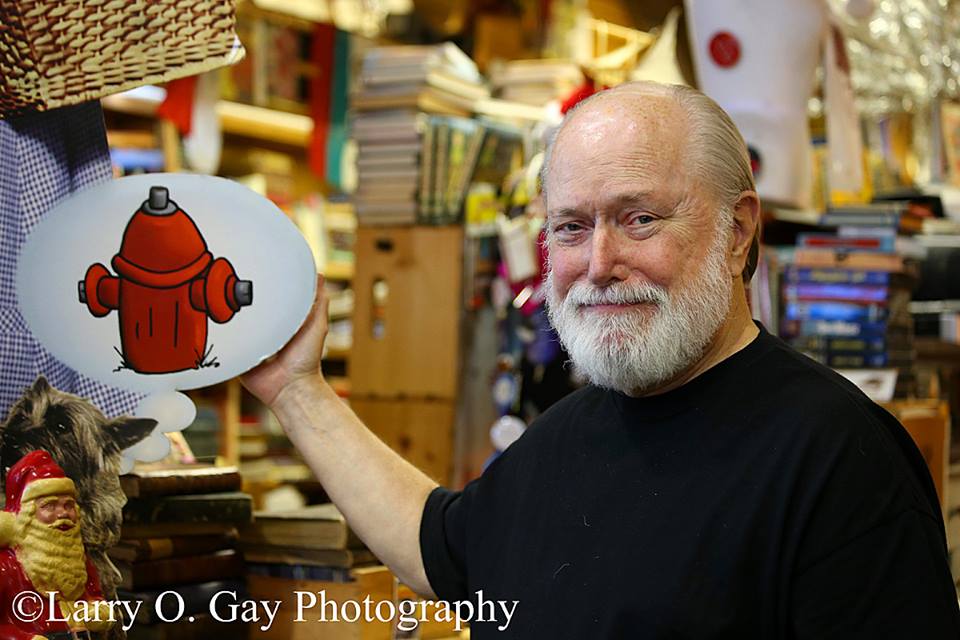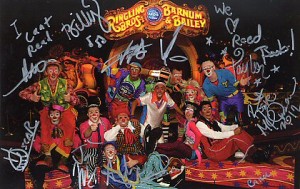Listen to Jim: http://jimreedbooks.com/mp3/howtorechargeabook.mp3
or read on, dear reader…
I’m beneath my mother’s old quilt, flashlight pillow-propped and back-up D-cell batteries at hand, so that I can read into the post-curfew night without interruption. The book I am absorbing is The Moon Pool by Abraham Merritt, and it has already captured me by inspiring the first full-color dreams of my subteen life, here in the ‘burbs of old Tuscaloosa in the 1950′s.
A. Merritt is good, very good, at making me suspend day-to-day logic and supplant it with the newly-formed logic of science fantasy. He’s taking me by ship to ancient South Sea islands and en route injecting those wonderful dreams into my imagination.
Part of me, obscured beneath the limp pieced fabrics, part of me knows things like this can’t really happen in the textured surfaces and cold interiors of everyday life; but another part of me, free-falling with the book’s characters into a bottomless cave pit, part of me knows that reality is just another way of living life. I know early on that I can live my life on many levels at once, and that reality is just one way of getting through the day. This is my nighttime reality—the supercharged but harmless-appearing book that I hold in my young hands.
Abraham Merritt, under his pen name, A. Merritt, beckons me to a world into which I can utterly lose myself, but, strangely and paradoxically, a world from which I can escape at will, simply by closing the book—which gives me time to catch my breath and ponder on the activities therein.
Passages like this keep me turning the pages, night after night:
The tinkling music was louder still. It pierced the ears with a shower of tiny lances; it made the heart beat jubilantly—and checked it dolorously. It closed the throat with a throb of rapture and gripped it tight with the hand of infinite sorrow!
Came to me now a murmuring cry, stilling the crystal notes. It was articulate—but as though from something utterly foreign to this world. The ear took the cry and translated it with conscious labour into the sounds of earth. And even as it compassed, the brain shrank from it irresistiblly, and simultaneously it seemed reached toward it with irresistible eagerness…
This pulp fiction tome and others of its time stretched my vocabulary, multiplied my ideas, focused my desire to tell my own tales someday. It made me aware of how harmless little marks called alphabet and numbers could act as magic wands, spewing forth images and abstractions that in no way existed if you blinked and stared at them one by one. How remarkable, that tiny black and white symbols could metamorphose into microscopic and macroscopic essences without ever leaving the pages!
Hiding under my mother’s quilt, reading the words of A. Merritt and hundreds of other writers, I educated myself—or, rather, I allowed the constant imaginings of others to educate me— about the possibilities of life and storytelling.
And I never for a second forgot that each symbol, each word, each sentence, thought, paragraph, chapter, each book, came out of practically nothing—just marks on pages.
Thinking about this through the years makes me realize even today that I make up my own existence, I interpret each symbol in my own way, I myself am in charge of whether I am happy, frightened, sad, ecstatic, critical, mad.
Reading a wonderful book was and is like splattering my face with ice water, awakening me to the plain fact at hand—the fact that, no matter how I’d like to blame the cosmos for my problems, I myself am responsible for the outcome. I can slam the book shut any moment, or I can peek at its contents a bit at a time till all is digestible and accepted.
And I can re-charge any book, re-read any book, any time I choose. All it takes is an old quilt, a flashlight, and a willingness to drop out of this reality for a brief excursion to sometime else
(c) 2013 A.D. by Jim Reed
jim@jimreedbooks.com
http://www.jimreedbooks.com
Twitter and Facebook

